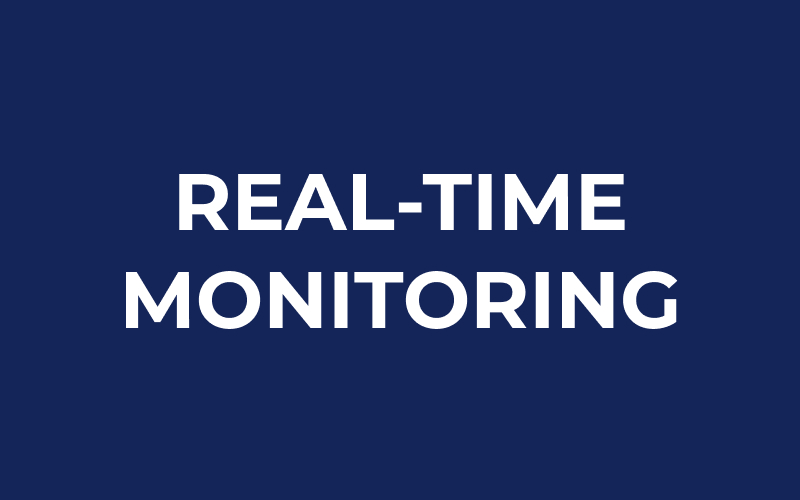
Real time monitoring
In the fast-paced world of ecommerce and retail businesses, it’s essential to have a comprehensive understanding of the market and pricing strategies. One of the critical components of this understanding is real time monitoring. This refers to the process of continuously tracking and analyzing data related to sales, prices, and market trends to make informed decisions about pricing.
Real time monitoring in ecommerce and retail
In ecommerce, this concept allows businesses to keep track of competitor prices and adjust their own prices accordingly. For example, if a competitor suddenly drops their prices, a business that is monitoring in real time can respond by either lowering their prices or offering a promotional discount to remain competitive.
As for retail, the concept can help businesses optimize their inventory and pricing strategies. By tracking sales data, businesses can identify which products are selling well and at what price points. This information can then be used to make decisions about adjusting prices, stocking more of a popular item, or discontinuing a slow-selling product.
Moreover, real time monitoring can also help businesses identify trends in consumer behavior. For example, if a business notices a significant increase in sales for a particular product during a specific time of year, they can take advantage of this trend by offering special promotions or discounts during that time.
In ecommerce and retail businesses, real time monitoring can impact pricing in the following ways:
Dynamic pricing: Businesses can use real-time monitoring to track market conditions and adjust prices in real-time to remain competitive.
Inventory management: Businesses can use real-time monitoring to track inventory levels and adjust prices based on stock availability.
Consumer behavior: Businesses can use real-time monitoring to track consumer behavior and adjust prices based on changes in demand.
Competitor pricing: Businesses can use real-time monitoring to track competitor pricing and adjust prices accordingly to remain competitive.
Data-driven decisions: Real-time monitoring allows businesses to make data-driven decisions about pricing by providing real-time insights into market conditions, consumer behavior, and competitor pricing.
Automated pricing: Real-time monitoring can be used to automate pricing decisions, by using algorithms to analyze the data and make adjustments to prices.
Summary
Real time monitoring refers to the process of constantly monitoring and analyzing data in real-time to make informed decisions. In ecommerce and retail businesses, it can be used to track and analyze changes in market conditions, consumer behavior, and competitor pricing, in order to make informed pricing decisions. The monitoring allows businesses to make data-driven decisions about pricing by providing real-time insights into market conditions, consumer behavior, and competitor pricing. It can be used for dynamic pricing, inventory management, consumer behavior, competitor pricing, data-driven decisions, and automated pricing. By utilizing the monitoring, ecommerce and retail businesses can make informed pricing decisions and respond quickly to changes in market conditions, consumer behavior, and competitor pricing, in order to remain competitive and optimize profitability.


